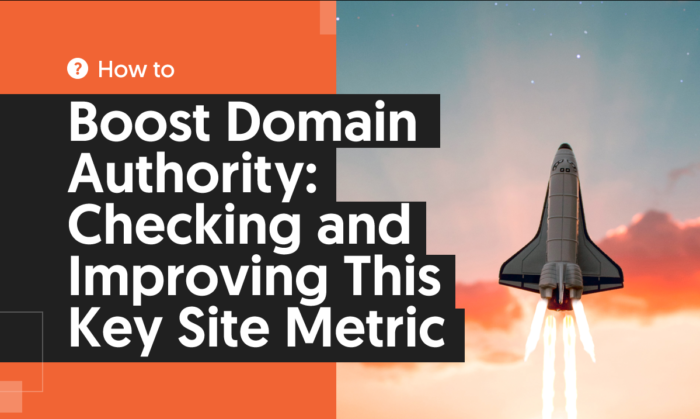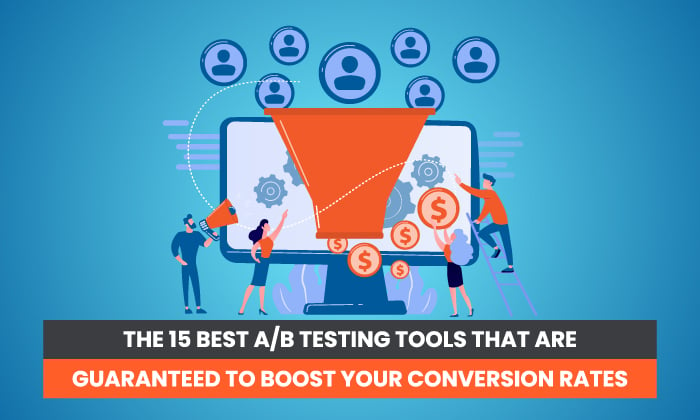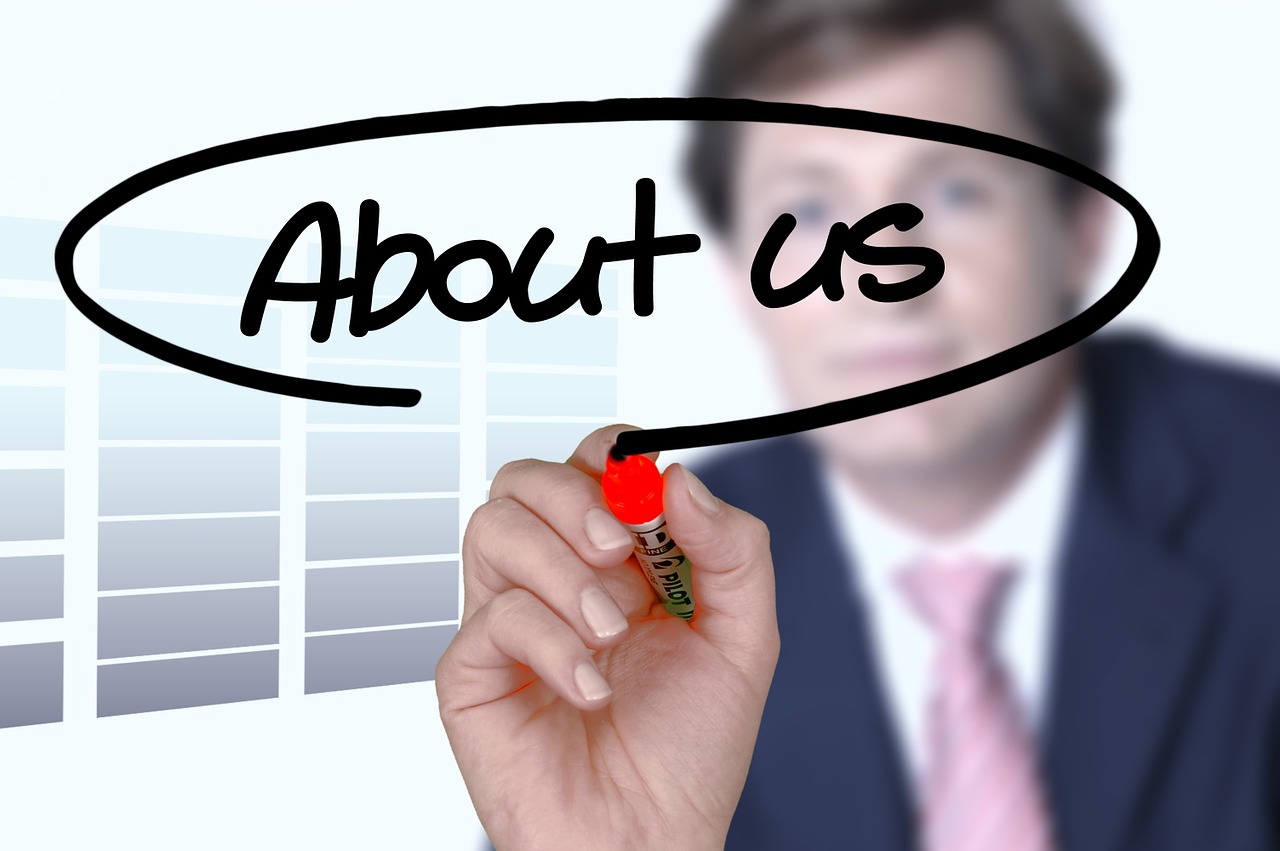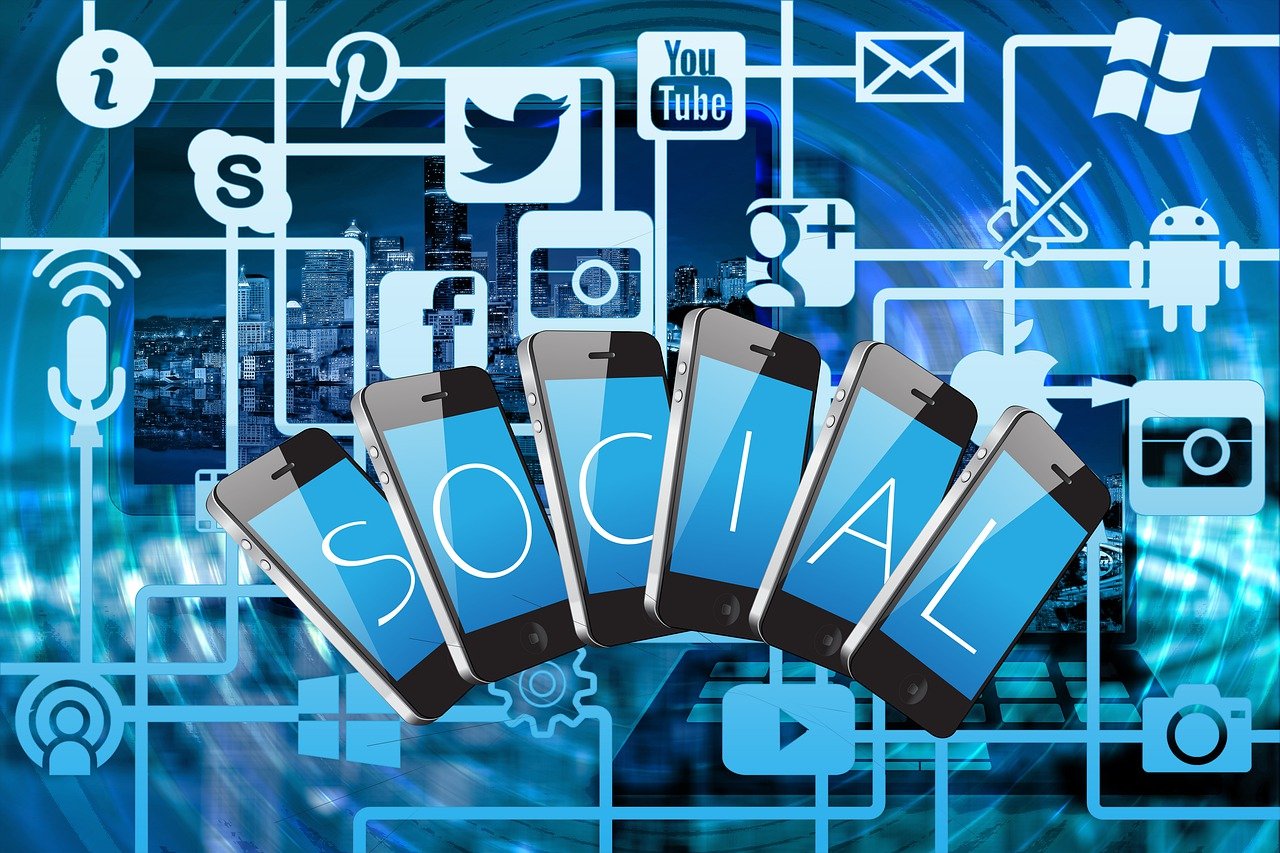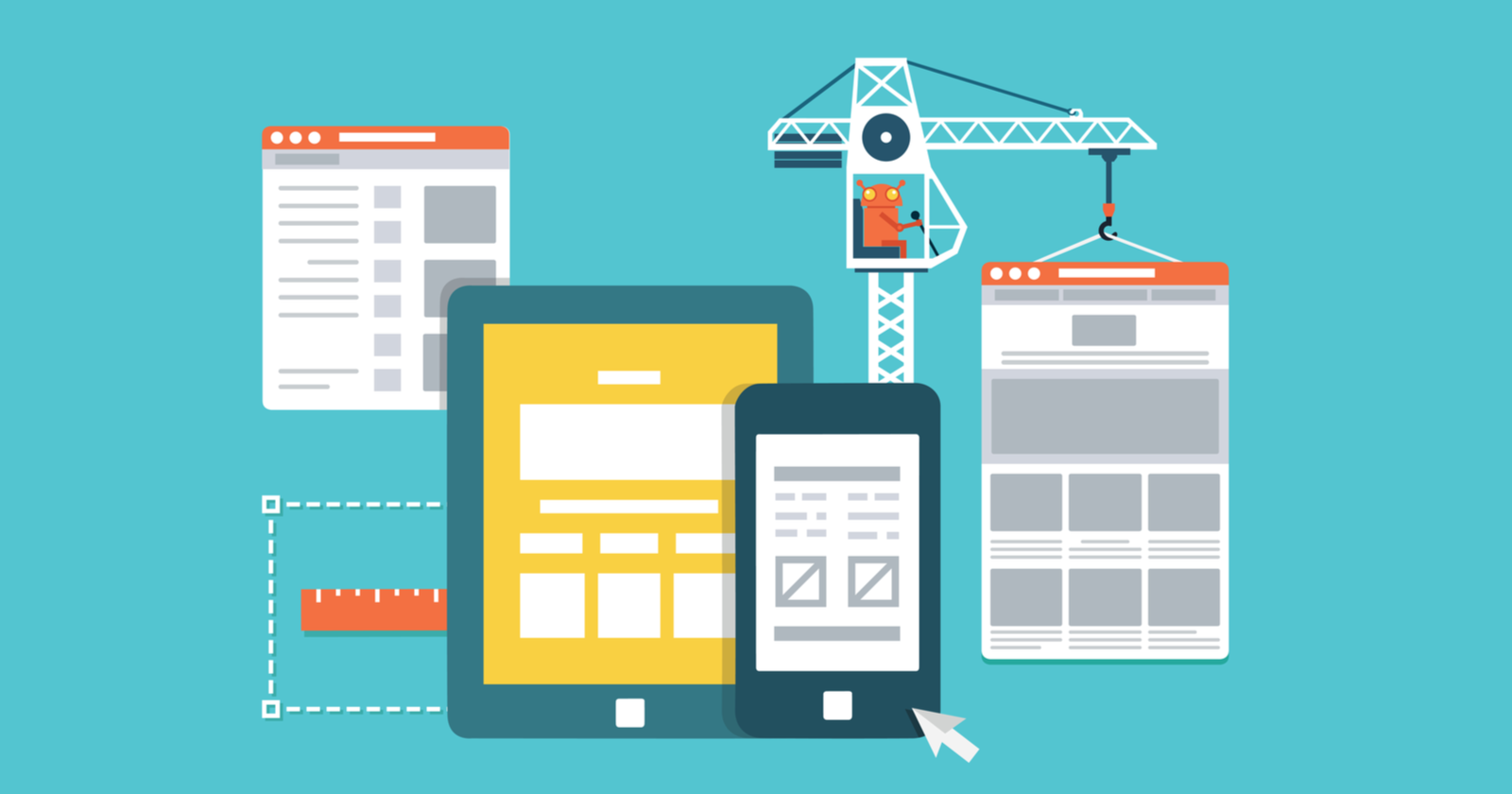Designing Memorable Event Experiences for Your Brand
Events can activate your brand like no other marketing tactic. They create powerful and enduring connections with members of your target audience, raising the public’s awareness of your business and why it’s different from the competition. As a result,...
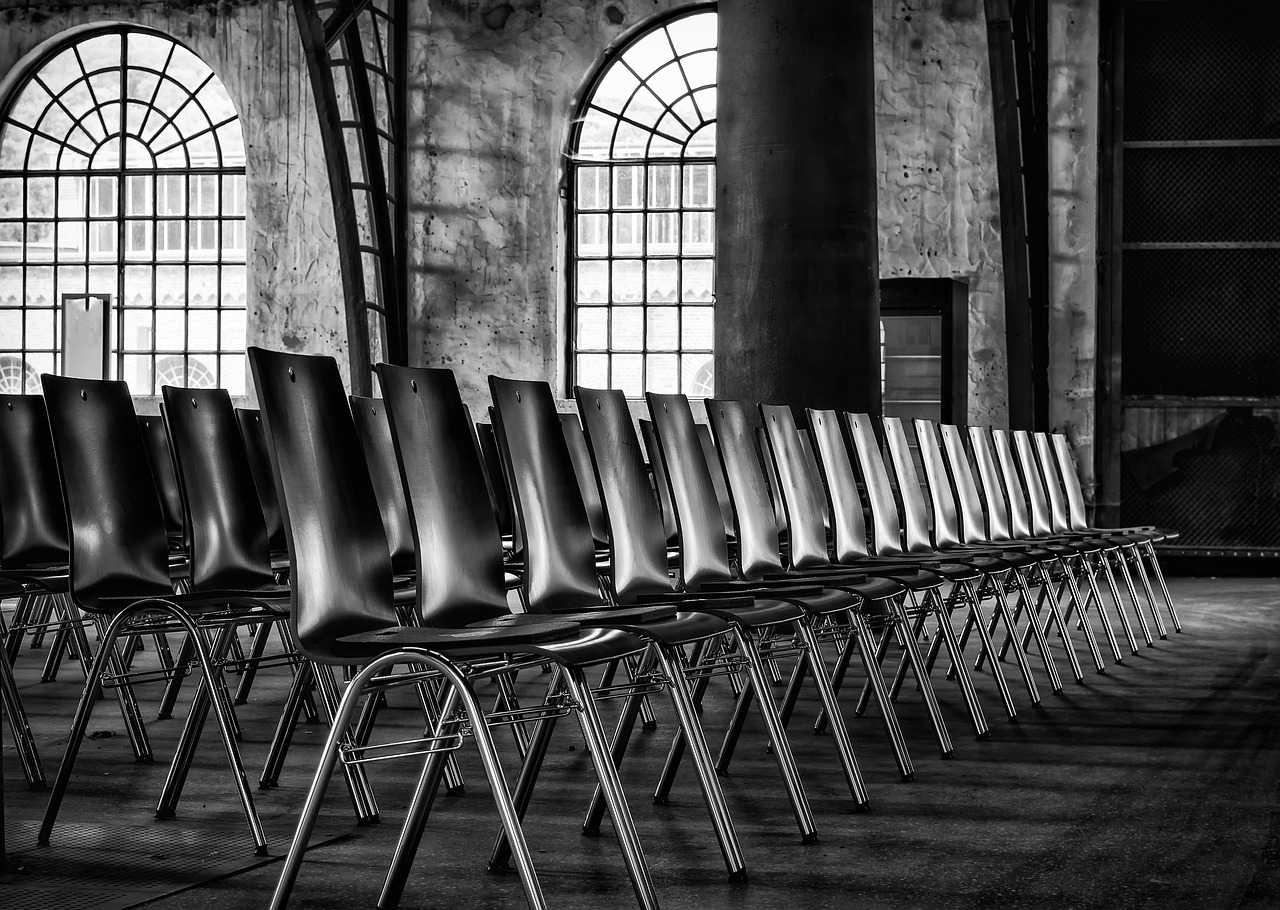
Events can activate your brand like no other marketing tactic. They create powerful and enduring connections with members of your target audience, raising the public’s awareness of your business and why it’s different from the competition. As a result, you can increase your leads, sales, and revenue.
There’s an art to hosting a memorable brand activation event, however. Here are some key ways the pros optimize these outreach efforts and ensure the best returns.
Timing Is Everything
While you might be eager to host an event, keep in mind that it’s not always the right time. Try to avoid holding brand activations in Q1, for instance. Most people spend a lot of money during the holidays and retrench during the first quarter of the new year, so it can be difficult to convince people to reach into their pockets for another major expense during this period.
In addition, Q1 can mean inclement weather, so it’s important to stay practical about outdoor events during the winter. Staff might need hand warmers, for instance.
Personally, I like to use Q1 to plan for the rest of the year, rather than holding events themselves. It’s a good time to look back over the previous year’s efforts, brainstorm ways to make improvements, and generate a new campaign for the coming year.
Conversely, Q2 is a great time of year to host brand activations, especially for all things home improvement or related to landscaping. People are climbing out of winter and doing their spring cleaning. the real estate market picks up, and tons of great expos and conventions take place, such as home & garden shows, boat shows, gun shows, bridal shows, and others.
Q3 means summer fun and favorable weather. This is when most outdoor events, festivals, and state fairs occur, presenting myriad opportunities to engage a wide range of consumer groups. In particular, I like September, because this is when consumers tend to fall back into their normal social routines.
Finally, if you’re not planning to attend a harvest fest during Q4, then you’re missing out. Autumn has turned into a whole season of fun. October, for example, is dedicated to pumpkin picking, corn mazes, hay rides, and outdoor activities.
As you get close to December, think of a winter wonderland and all the events it inspires: photos with Santa, tree lightings, winter craft beer festivals, ice skating, light shows, and more. The holidays are a magical time, people become accustomed to spending money, and marketers can frame many products or services as gifts that consumers can purchase for others.
Pick the Right Locations
For the best brand activations, look for lots of foot traffic. In retail stores, entrances or end caps typically deliver the best return on investment. Avoid loud areas if you can, since it’s difficult to talk to consumers under these conditions, so be sure to set up far away from any live music.
When considering large events that other people organize like expos, conventions, and festivals, make sure to investigate their past history. How long have they been around, and what is their track record? How many other vendors will be there? Who is sponsoring the event? Research it online and on social media, paying particular attention to the crowd — do their attendees match your target audience? I recommend staying away from brand-new events unless you know the promoter or organizer and they have a strong track record.
Whatever locations you select, make sure to offer value to consumers. Gift cards for small amounts — even just $5 — are a great way to attract people to your pop-up. In addition, don’t forget to reward the hosting location’s staff with cheap items like energy bars, since they are potential customers, too.
Best Practices for Hiring Brand Ambassadors
Consider allowing a staffing agency to find and hire brand ambassadors for your events. While you may pay a little extra for their help, the investment is worth it, since it will save you a lot of time. The agency will not only help you determine what kind of brand ambassador you want — for example, male or female, a model or someone who is skilled at sales — but also handle the entire process of conducting outreach, vetting candidates, and making casting decisions.
As a result, you’ll get the exact right person without the hassle. All you’ll need to do is send basic information about your company to the brand ambassador prior to the event. Keep these materials simple and focus only on key talking points. In other words, ask them to be amazing at something simple. Tell them you are going to give them a quiz, since that increases the probability that they will actually look over the materials.
Still, don’t assume that these brand ambassadors are going to close deals with consumers, since their job is to pull the customer over and engage with them. Brand ambassadors handle the more high-level overview by communicating the key talking points like, “Here’s our point of difference. This is why we are amazing. Here’s what we’re offering today.”
Heavy or detailed questions should be passed off to more senior leadership on site. These are the staff members that should handle the closing.
Propel Your Brand Into the Future
The best brand activation events are fun for everyone involved — the customers, the brand ambassadors, and management. If you hold one at the wrong time or in the wrong place, however, it can easily underperform.
For the best results, understand the season, pick the right locations, and mobilize the best people. With these elements on your side, you can design memorable events that forge advantageous connections and propel your brand into the future.

 FrankLin
FrankLin 







